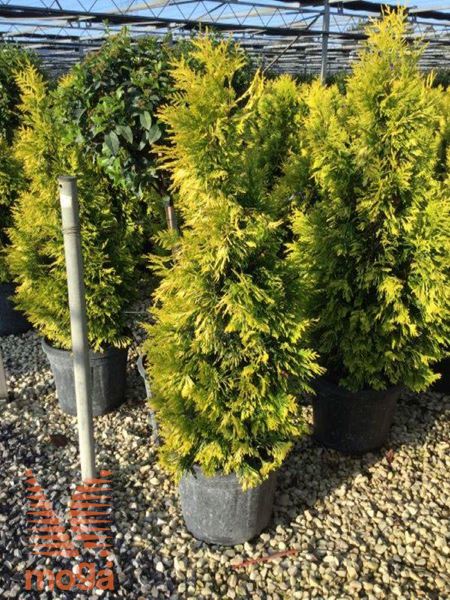Dynamic content trial
Dynamic content trial
Dynamic content trial
Dynamic content trial
Dynamic content trial
-
These plants grow well in sun or in partial shade. Usually they tolerate more sun and heat if given enough moisture; in partial or light shade they need less moisture.
-
This group includes plants particullary used for geometrically shaped, regularly trimmed hedges and are most often used in this way. Such plants are: western red cedar, false cypress, yew, hornbeam, privet etc. Normally they are very tolerant to regular trimming, are easy to grow and nurturing, longlived and tough.
-
Conifers have woody stems (i. e. tree trunk and branches) and are also called woody plants or trees. Their leaves are transformed into needles or scales, usually being hard and leathery.
-
Leaves or needles remain on the plant for several consecutive years, usually 2 to 5 years. Our descriptions contain the word evergreen.
-
Plant can in otherwise appropriate environment survive cold down to - 23 °C.
-
Porous or dry soils are normally light and loose, there is no stagnant water but relatively quickly flows in deeper layers; such ground are more airy and warmer, yet drier and usually contain less humus and for such undergrowth it is often to for drought to appear (e. g. rockgardens, walls, by paths and roads, on gravel, also on gravel surface in towns and close to buildings ...), plants of such undergrowth need well-drained soil, they tolerate drought but cannot tolerate constant moisture or even flooding.
-
Woody plant, normally branched at the ground level into several side stems, usually lacks of a dominant stem. Tree top can be of different shapes, dense or thin, symetric or uneven. Most shrubs reach a height of 1 to 2 metres, but some can grow much higher (up to 8 m); some can grow into very low or carpet-like forms.
-
Variegated leaves show patterns of different colours, mostly white or yellow pattern on green base. Patterns can appear in forms of stripes, dots, patches, trims, uneven shapes, or colour is splashed over leaf surface; different colour patterns may have sharp borderlines or change softly one to another. Colour intensivity and needle/leaves patterns formation on certain plant may vary greatly according to general plant health and condition, age, maintanance (trimming and care); other factors such as weather, microclimate, sun or shade, presence of plant nutrients and water may also affect greatly on leaf colour. Colouring and patterns on leaves may be affected - changed - by the age of certain leaf or twig and through seasons.
- Among described plants in this category we marked those, which are particulary resistant (to various environmental conditions), do not require much maintanance and thereby suitable fot planting in public areas.

MOGA d.o.o.
Družba za urejanje okolja
Zemljičeva ulica 21
2000 Maribor
Slovenia
Company headquarters and provision of services:
+386 (0)2 4716310
[email protected]
Garden centre
+386 (0)2 4716313
[email protected]






















